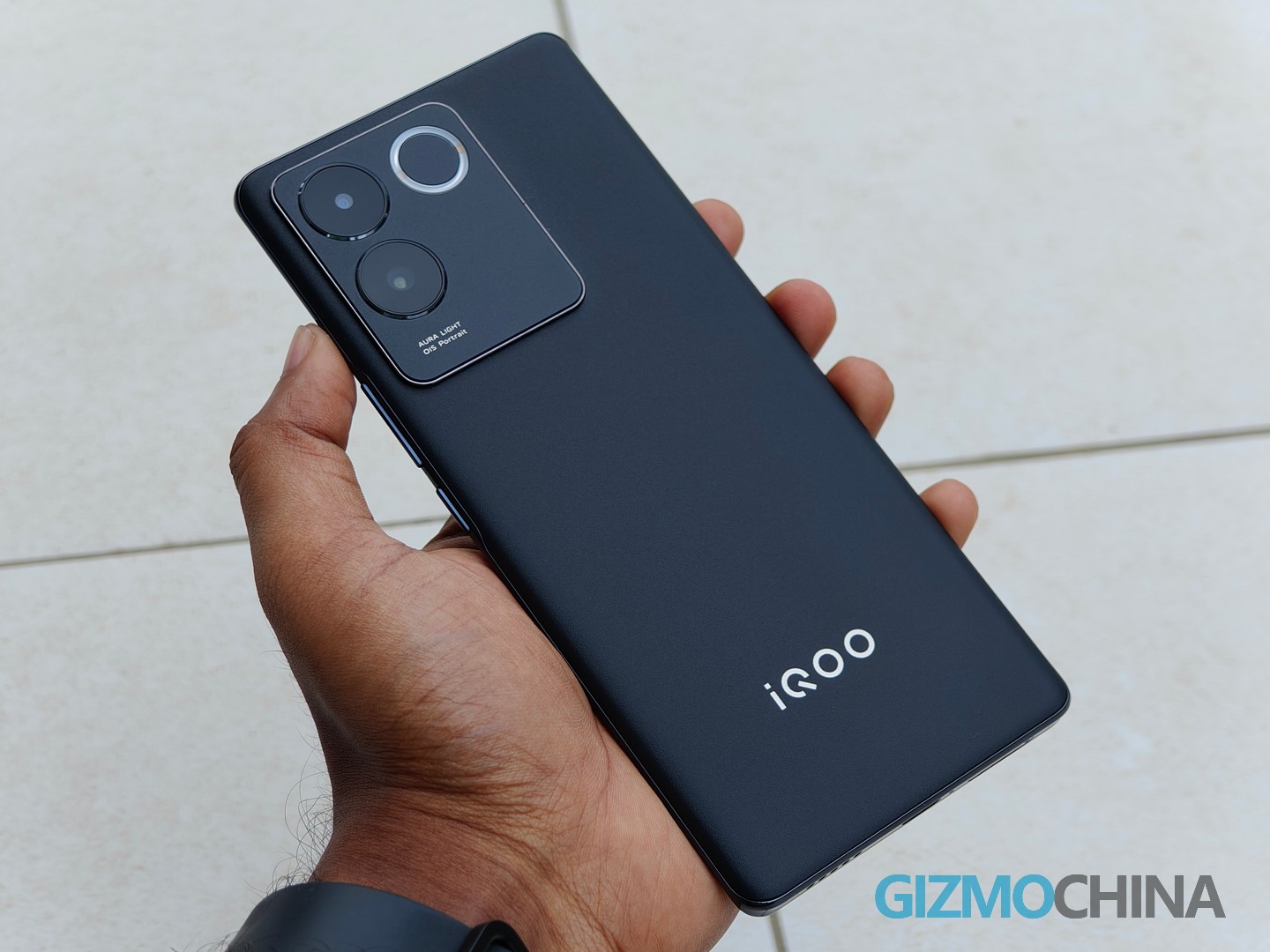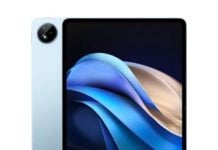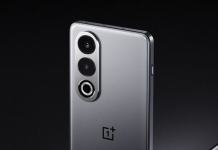The iQOO Z series is the brand’s most affordable smartphone lineup in India. These devices fall under the ₹15,000-₹25,000 price bracket.
Earlier this year, the company debuted the iQOO Z7 in the country. It was the most powerful handset in its segment when it went official, thanks to a MediaTek Dimensity 920 chip underneath.
But for unknown reasons, the product was shortly replaced by iQOO Z7s. The ‘s’ variant has an interior Snapdragon 695 SoC.
Now, months later, the brand has introduced iQOO Z7 Pro in the region. This phone is positioned as a higher version of the Z7 priced at ₹23,999 and ₹24,999 for 8GB + 128GB and 8GB + 256GB memory configurations, respectively.
Though interestingly, the Z7 Pro does not have any resemblance to the Z7. Even the feature set is different.
Anyways, despite the differences, this smartphone makes sense for its asking price. Let’s find out how in my review.
Before I share my experience with the device, I would like to let readers know that this review is based on my first-hand experience with a unit loaned to me by iQOO India. However, the company had no early look at this article or contributed any editorial input.
This iQOO is built different
The iQOO Z7 Pro is unlike any other iQOO smartphone on the market. That’s because it is originally not an iQOO device. The handset was first introduced as Vivo S17e in China. But in India, it is sold under the iQOO banner.
Thus, the product feels more like a Vivo phone. It comes with a thin and light body featuring a matte curved glass panel on the back and a plastic frame. It can be availed in either Graphite Matte or Blue Lagoon color options.
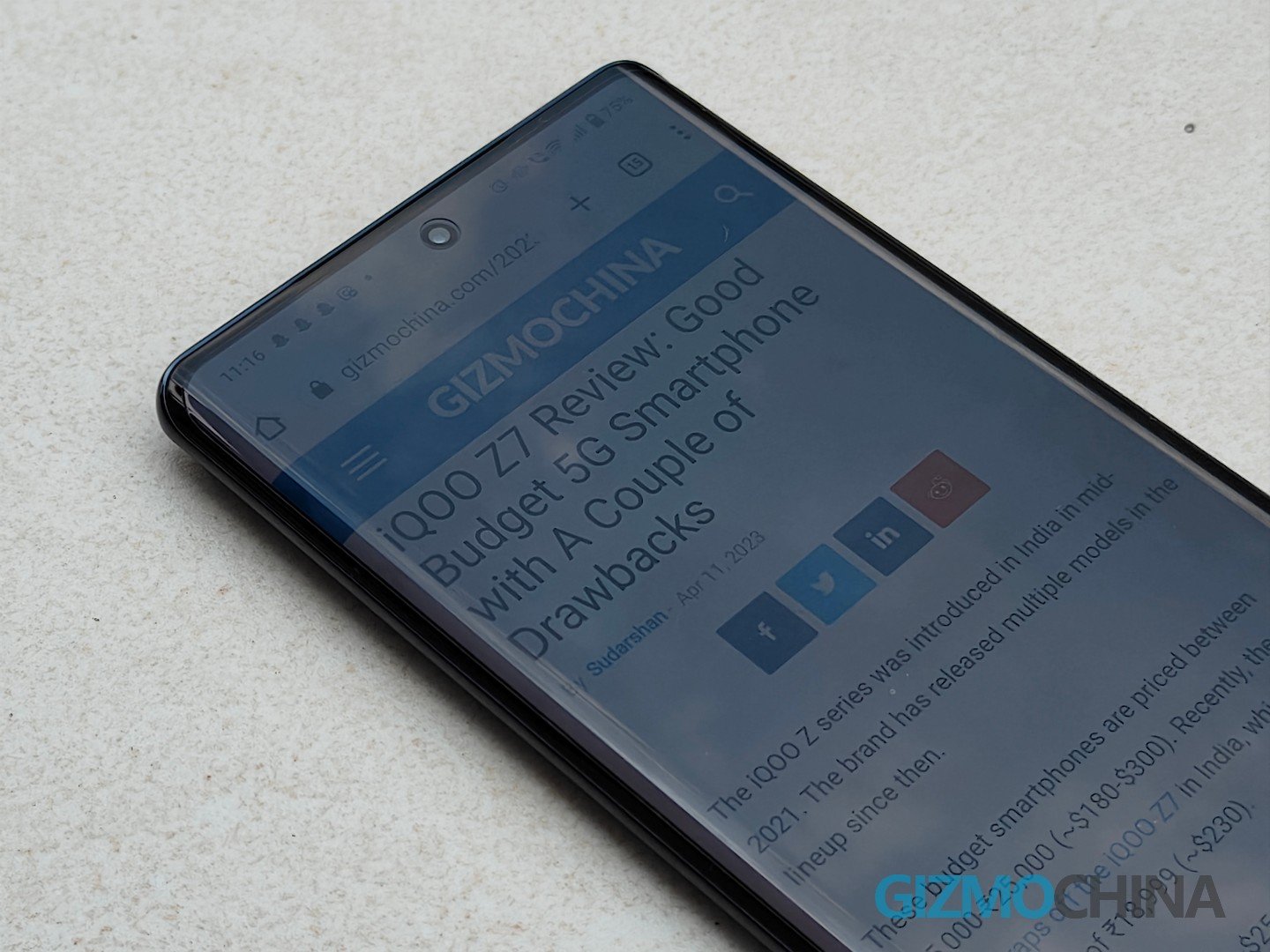
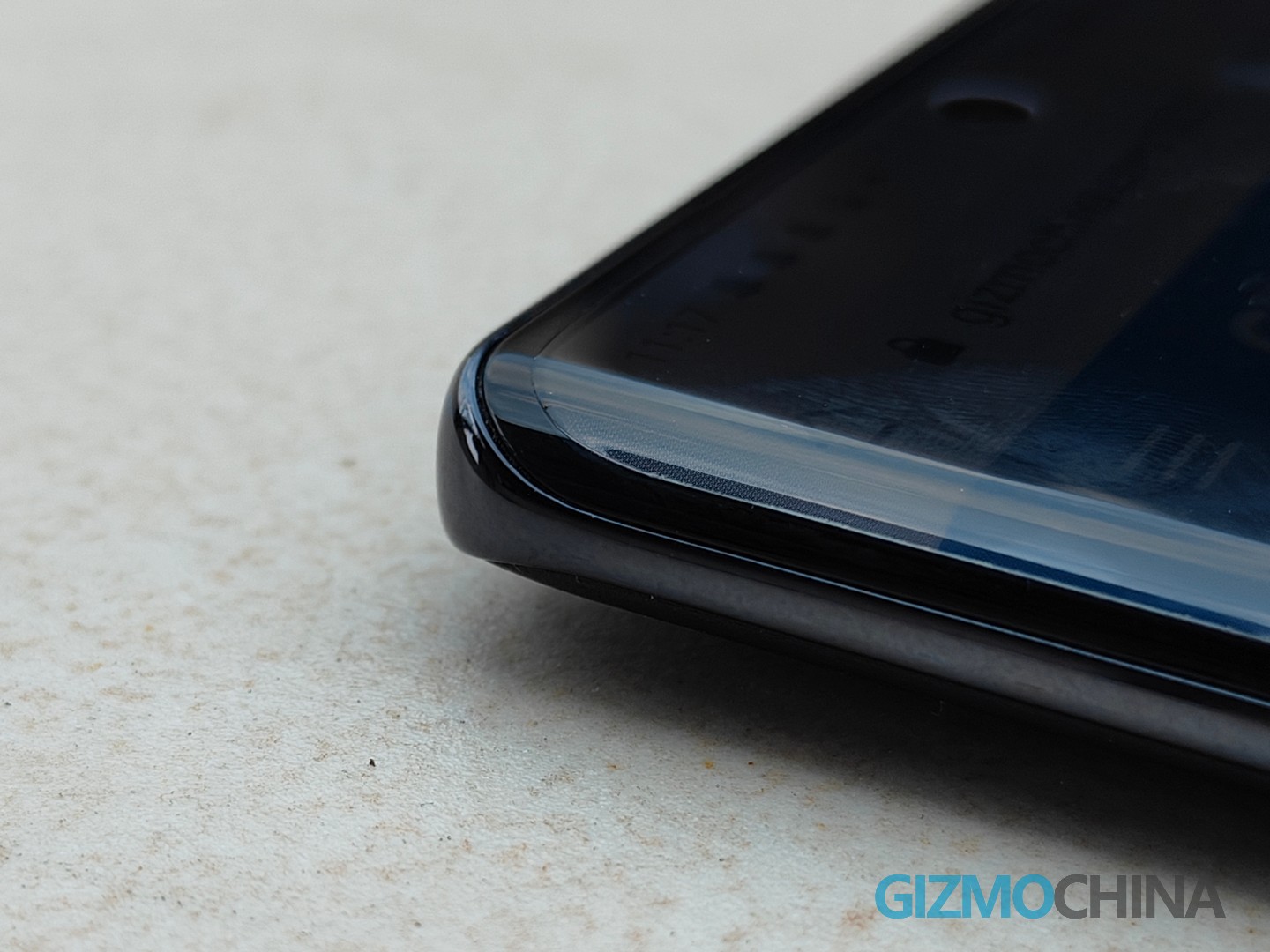
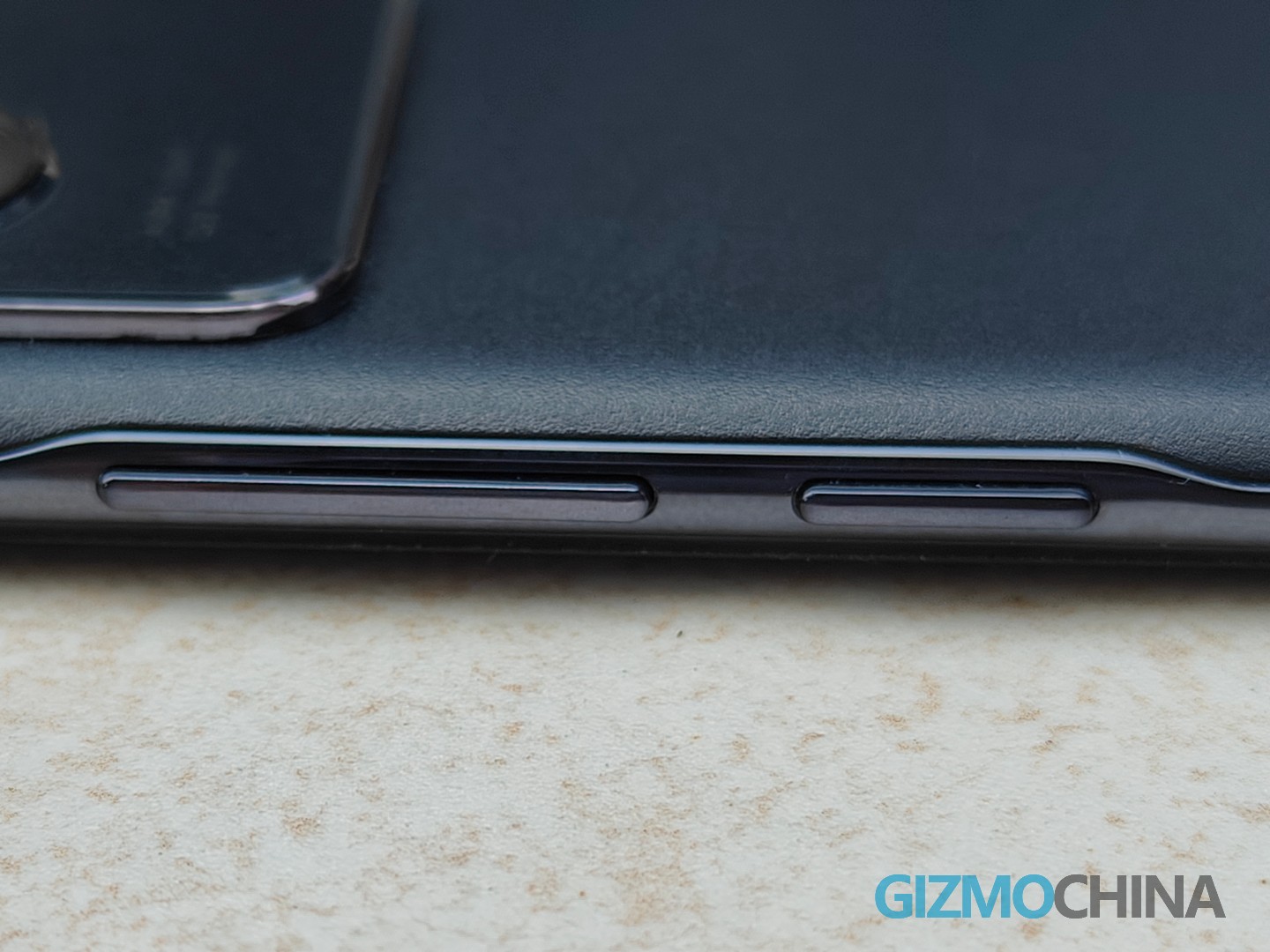
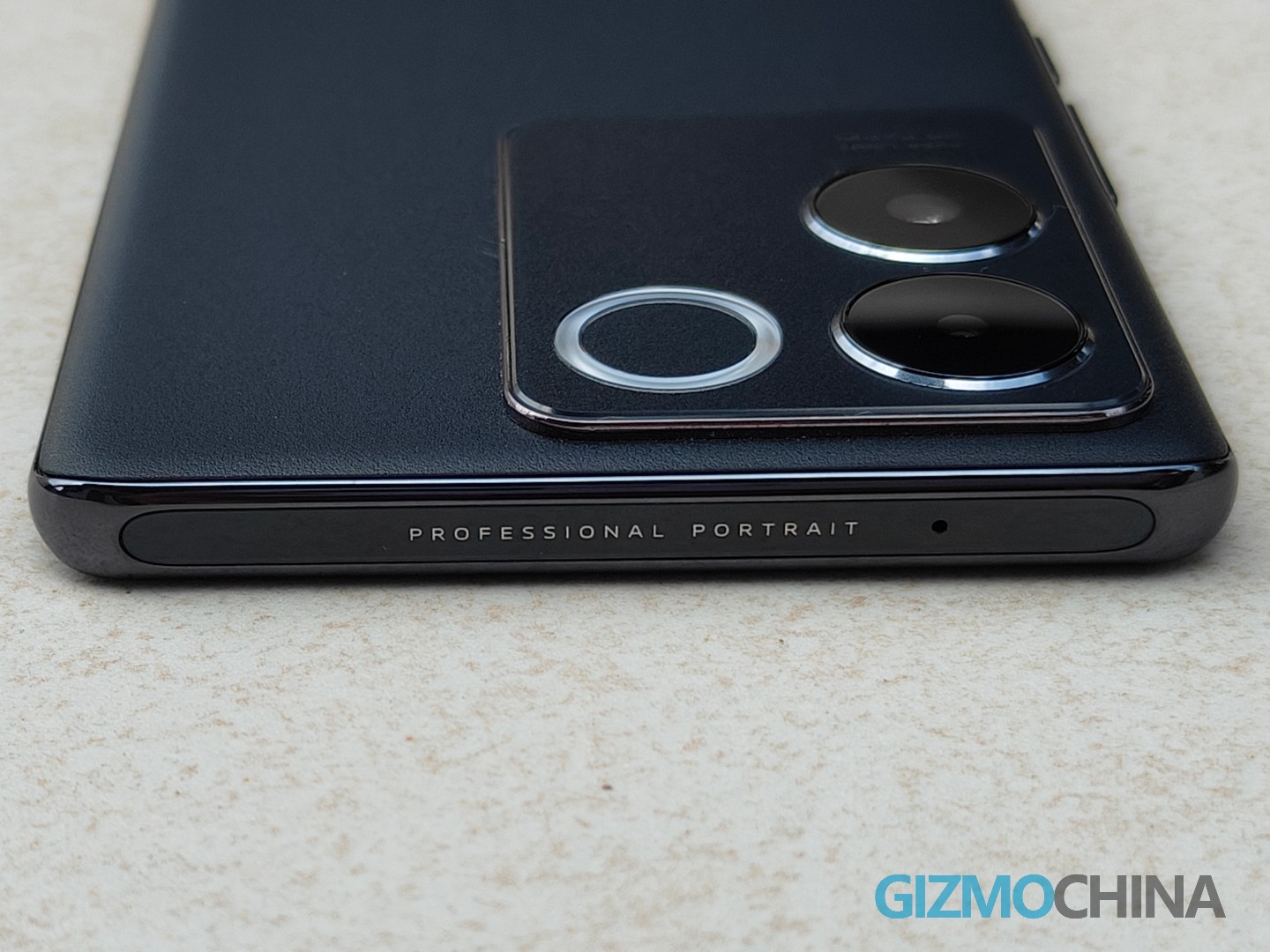
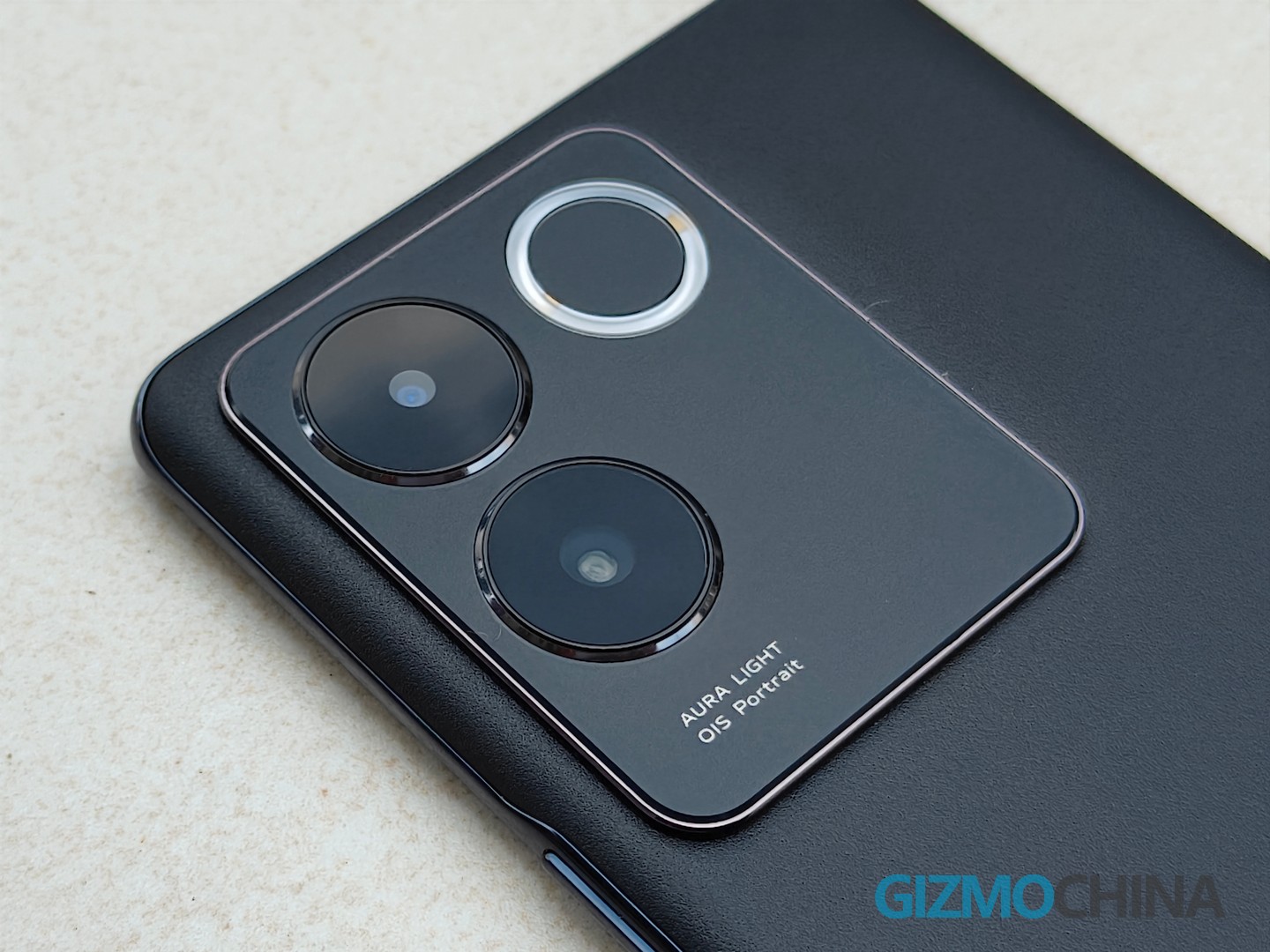
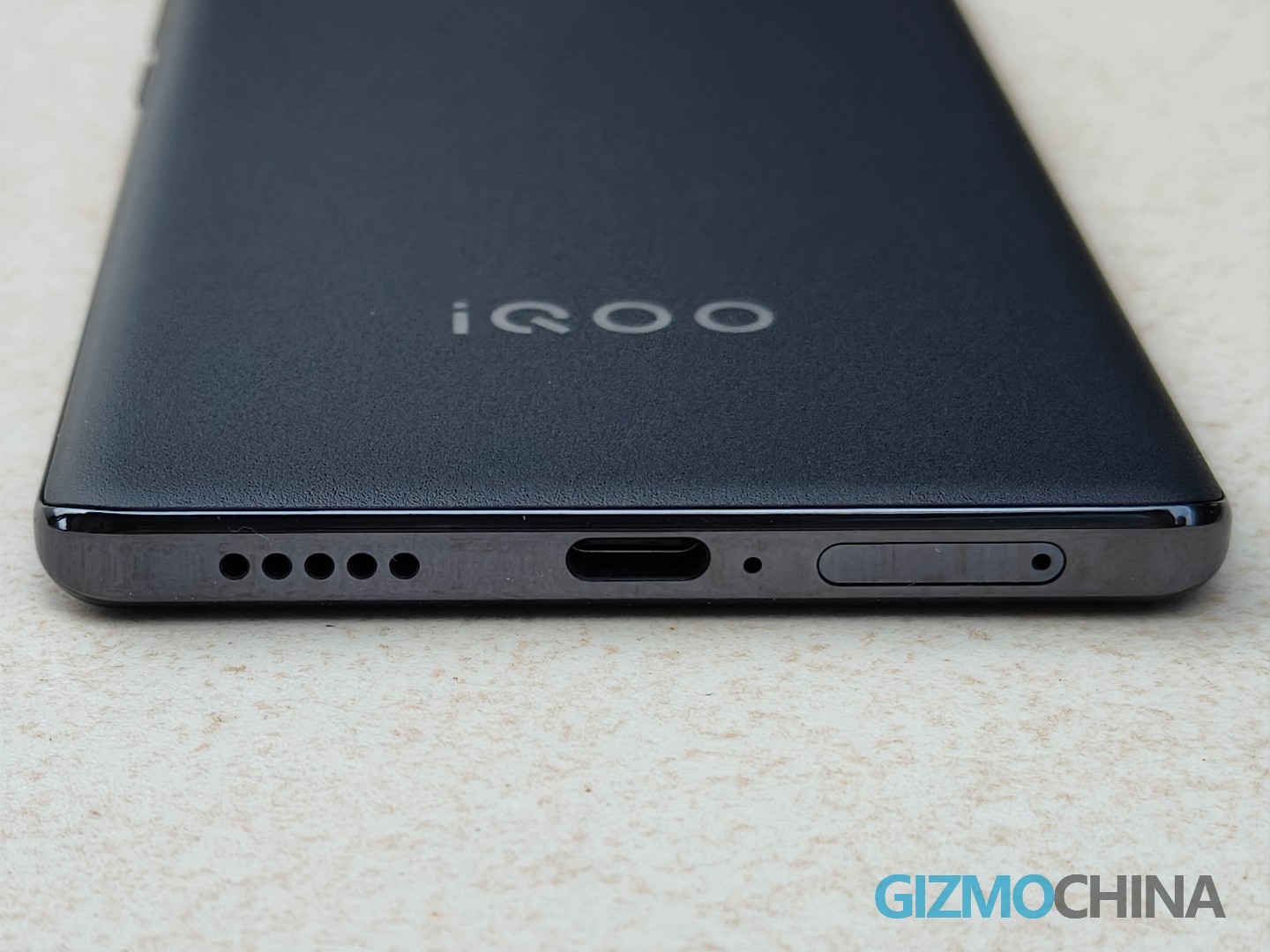
The handset is well-built and is very comfortable to hold. It measures just 7.36mm in thickness and weighs about 175g.
The front of the phone is occupied by a 6.78-inch curved AMOLED display. This 10-bit screen offers a resolution of 2400 x 1080 pixels (FHD+), 388 PPI, a 120Hz refresh rate, and a 300Hz touch sampling rate.
The display is well-calibrated and is capable of displaying natural colors in ‘Pro’ mode. The smart switch refresh rate option is well-optimized and it does not force the panel to 60Hz in most apps like on the vanilla iQOO Z7.
The centered punch-hole screen also supports HDR video playback and is certified by Netflix as well. It can reach a maximum local brightness level of 1300 nits. Outdoor visibility is not an issue either.
The device has a single usable rear camera but its output is excellent for the asking price. The main snapper is an OIS-enabled 64MP Samsung GW3 sensor and it is paired with a 2MP depth sensor and an LED ring light (Aura Light). On the front, there’s a 16MP Samsung 3P9 sensor.






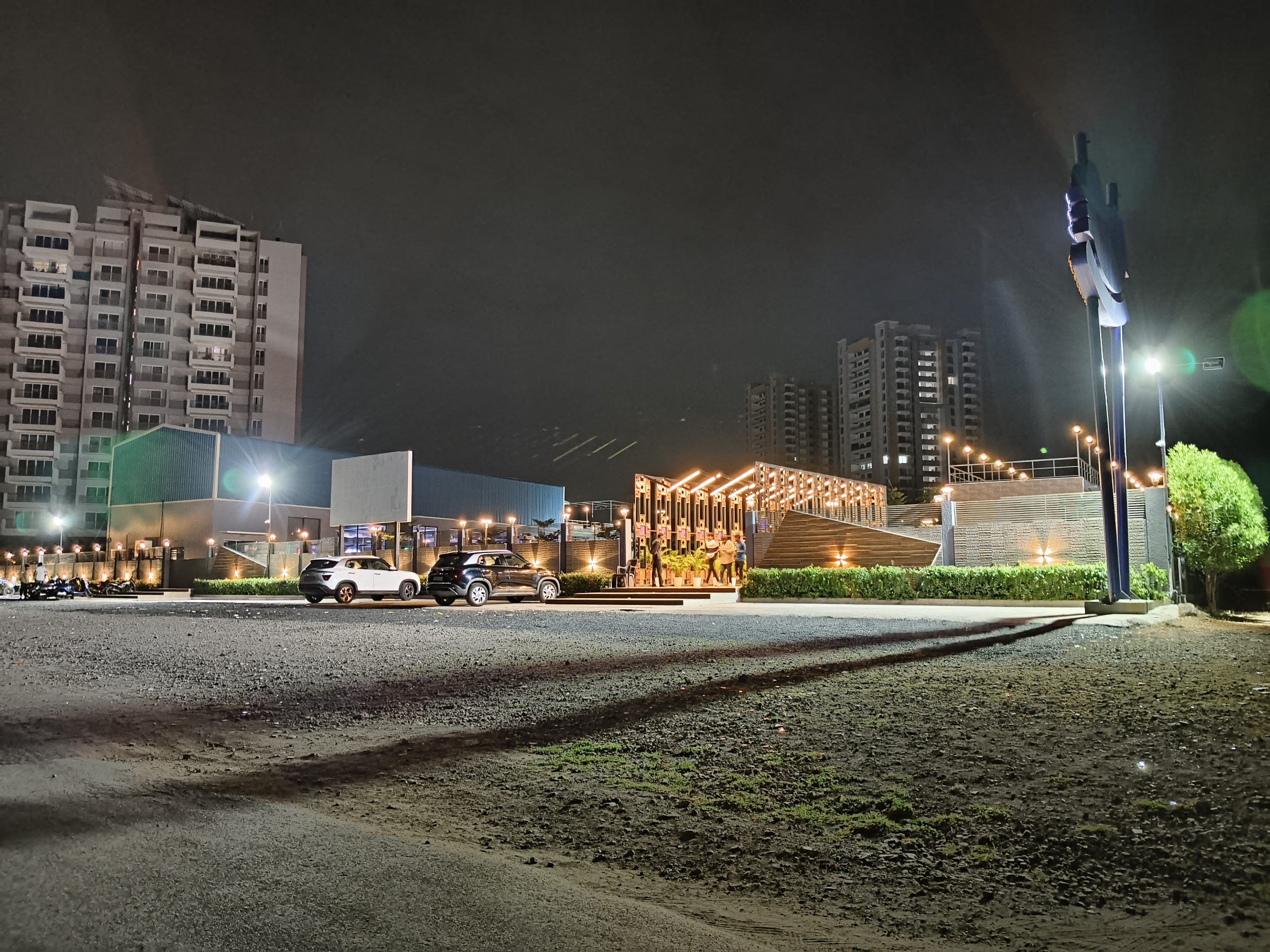
Both the rear and front cameras are capable of clicking images with almost true-to-natural colors. They are even capable of reproducing skin tones nearly accurately. This is praiseworthy for a smartphone at this price.
Even the video recording is good and the ‘Aura Light’ really comes in handy in low-light situations. The pictures taken with this light give Polaroid vibes with some of the filters and portrait styles.
Yet retains core iQOO features
Despite being a rebranded Vivo phone, the iQOO Z7 Pro does behave like an iQOO product. It is the most powerful smartphone released under 25000 in India in 2023.
The device is powered by a MediaTek Dimensity 7200 chip, which is found inside the more expensive Vivo V27. This TSMC 4nm-based silicon is one of the most powerful mid-range mobile chipsets on the market. It is paired with 8GB LPDDR4x RAM and 128GB/256GB UFS 2.2 storage.
The handset is capable of scoring around 716,000 points on AnTuTu. Whereas, on Geekbench, it can score about 1180 points and 1870 points in single-core and multi-core tests, respectively.
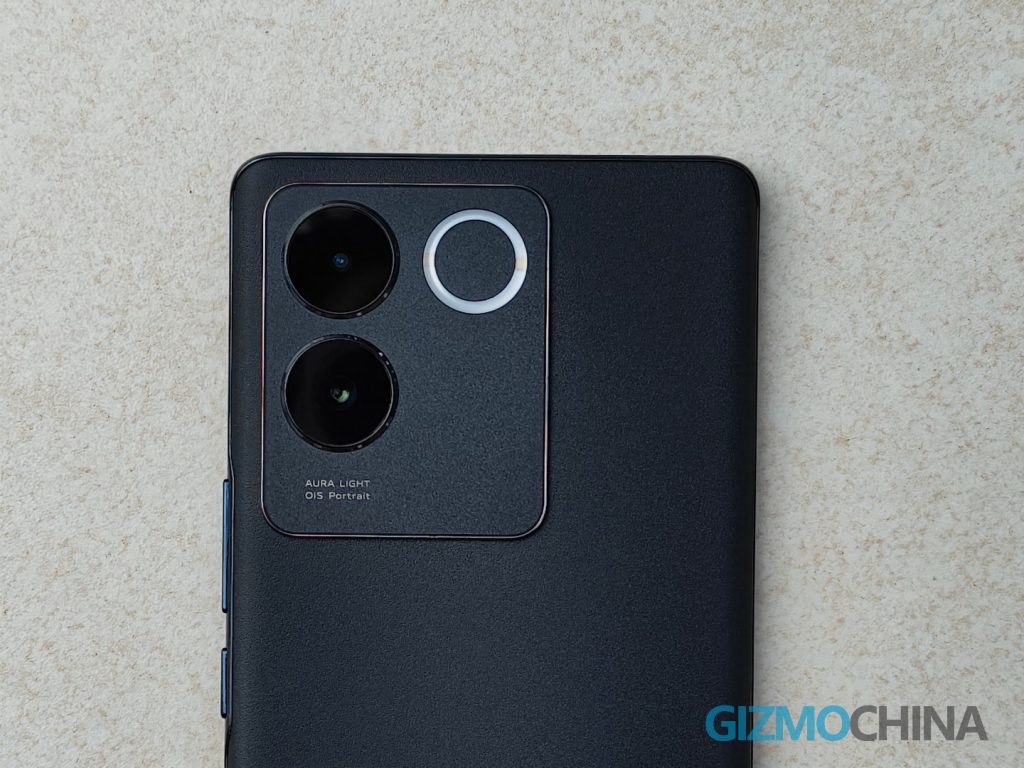
On 3DMark, the phone has a stability rate of over 95%. Even in CPU throttling tests, it can retain above 90% of its performance.
As benchmark scores suggest, the product performs extremely well in day-to-day usage and runs cool. There are no stutters whatsoever.
Even the 5G performance is great without any call drops and excess heating. It is probably the only thin and light smartphone capable of offering good gaming performance in this price range.
The core DNA of iQOO smartphones has always been performance and iQOO Z7 Pro retains it despite being built differently.
Some things are lacking
When I reviewed the iQOO Z7 earlier this year, I complained about certain annoying issues on Android 13-based Funtouch OS 13 related to the implementation of promotions (ads). Sadly, these problems also exist on the iQOO Z7 Pro.
Further, the handset’s haptics are almost non-existent. The vibration motor is so terrible that I missed incoming calls when the phone was in the pocket of my pants/shorts. This is a serious issue if you don’t keep your smartphone in ringer mode.
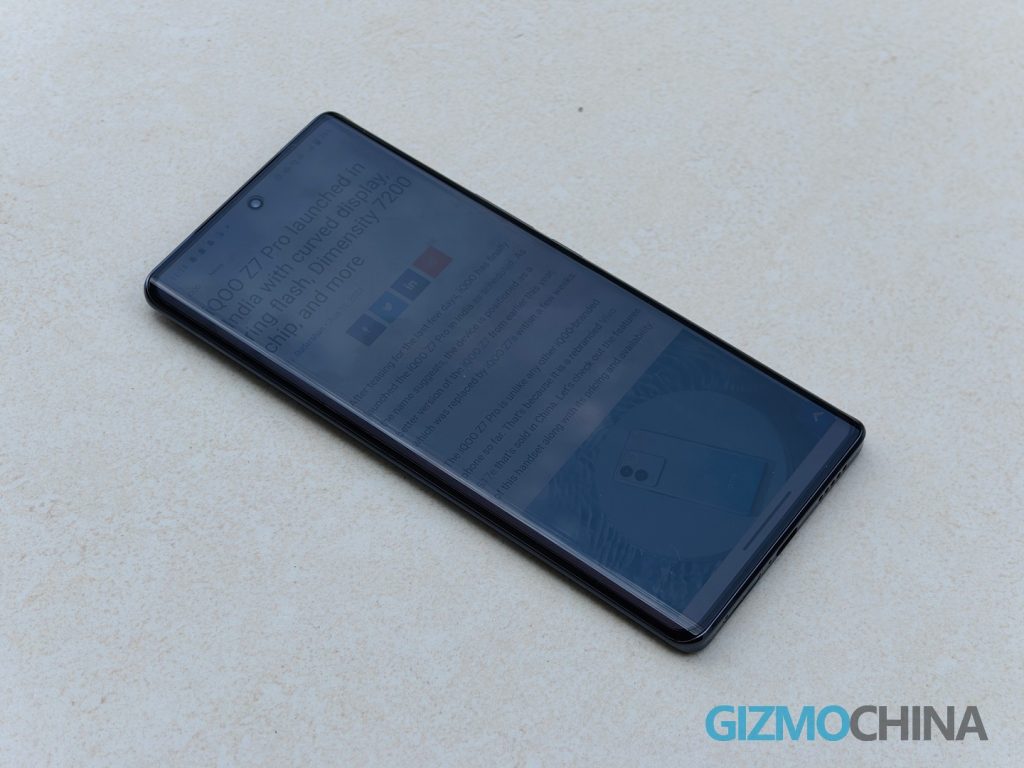
The battery life is fine as it can easily last a day unless you game more. However, the unit I received takes about an hour to charge though the phone is capable of charging fully in around 30 minutes with the included 66W charger and that’s what other reviewers experienced. Also, the volume level of Bluetooth audio is too low for some reason.
I believe these two issues are limited to my unit. I have reached out to iQOO regarding the same and will update the article if and when I get a response.
Finally, you only get a single bottom-firing speaker. It is loud but not immersive and is also easy to block by mistake.
Fares well against the competition
Not a single product is perfect and the iQOO Z7 Pro is no exception. In spite of the shortcomings discussed above, it fares well against the competition.
Although there are many handsets in this price range, I consider Realme 11 Pro and Redmi Note 12 Pro to be its competitors as they are immensely popular among general consumers.
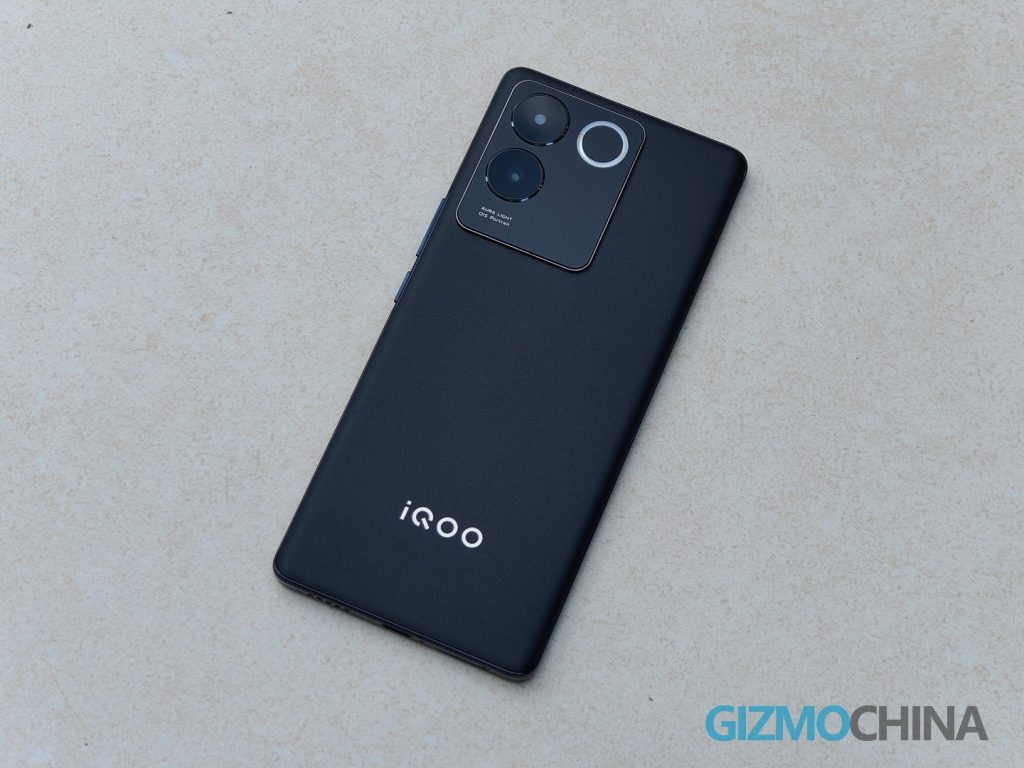
The iQOO Z7 Pro is more similar to the Realme 11 Pro as they both focus more on the design and camera part. Having used both devices, my preference is towards the former.
On the other hand, the Redmi Note 12 Pro still continues to be the best multimedia device (non-gaming) even over half a year after its release. So if you are into that stuff, that’s the one you should go for.
In a nutshell, if you want a smartphone under ₹25,000 that boasts a thin and light design without compromising on performance, then iQOO Z7 Pro should be your first choice.
RELATED:
- Infinix Hot 30 5G review: Affordable 5G phone excels in display, battery, and memory
- Realme 11x 5G review: A budget-friendly 5G phone with flagship-grade camera
- Realme Narzo 60 5G Review: A budget phone that looks great, runs smooth
- OnePlus Nord CE 3 Review: The mid-ranger for the masses
- Realme C53 Review: Well-rounded smartphone for ₹10000

